Anyone for crickets?
Native ingredients are at the heart of an authentically Australian cuisine - and we don't just mean kangaroo.
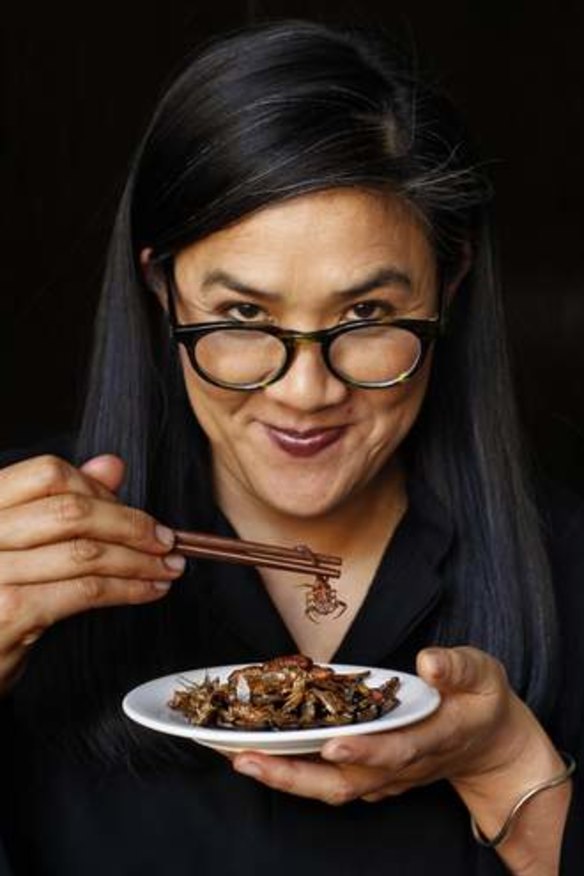
When Rene Redzepi - one of the most feted chefs in the world - appeared at the Sydney Opera House in October 2010, his talk turned into more of a lecture. The Danish chef teased the audience about the lack of ''Australianness'' in the food he had eaten on his visit. He found it ''weird'' he hadn't been served kangaroo, and told the story of a local journalist who almost vomited when he suggested eating emu eggs. As chef at Noma restaurant in Copenhagen, Redzepi has helped make food foraging cool the globe over. In the audience at the Opera House three years ago, some of the country's leading chefs were listening. It made some of them wonder whether Australia was being left behind and they questioned the very notion of native cuisine. Then they started putting on their menus new ingredients - truly Australian ones, from saltbush to green tree ants - found along our coastlines and in our bushland. As part of Sydney's Good Food Month in October, some of our best chefs will regroup with Redzepi to cook a dinner that picks up where his 2010 talk left off. And the conversation about what Australian food is, and should be, will only become louder.
Kylie Kwong
BILLY KWONG
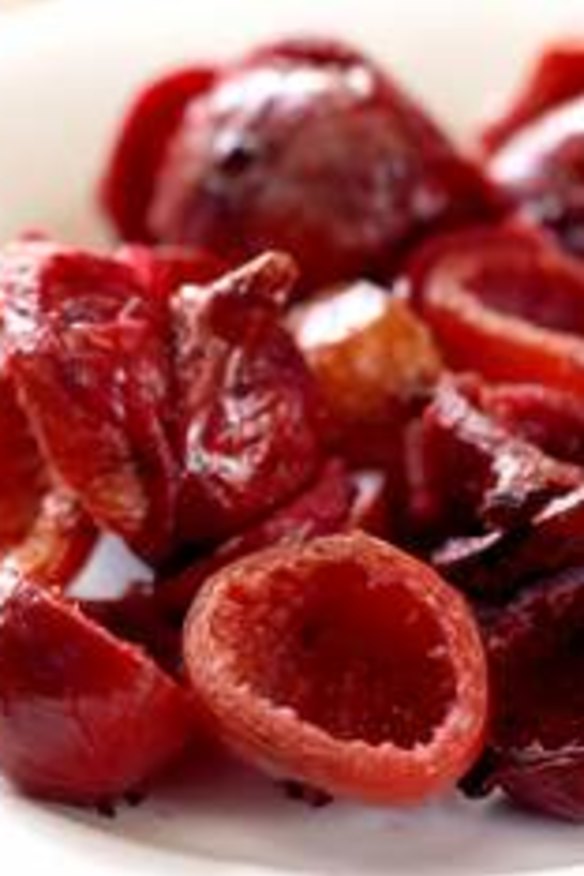
Kylie Kwong is the poster child for native ingredients. She was in the audience for Redzepi's keynote address in 2010. ''I spent the next day, literally, trying to track down where I could source bush foods,'' she recalls. The ingredient list at Billy Kwong, in Surry Hills is proof Kwong has stuck hard to the task, with rosella buds, lemon aspen, samphire, saltbush, warrigal greens and quandongs a sample of the dozen-plus natives she now uses. Each week the restaurant gets through 35 kilograms of wallaby from Flinders Island, served braised or in wallaby sang choi bao, and the same amount of native plants and fruits (''a huge amount for a small place''). Kwong has pioneered a new cooking style as a consequence - Australian-Chinese cuisine. ''Offering these native foods has allowed me to offer a truly authentic Australian-Chinese cuisine experience … native ingredients is my way of offering and showing respect and support to our indigenous Australians.'' Kwong picks Old Man saltbush as the ingredient she believes will be most widely consumed. This year she has also become a huge fan of edible insects. There are four on her menu at any one time - at the moment there is Cantonese fried rice with roasted mealworms, crushed wood cockroaches (''They taste like dark chocolate and coffee beans'') and a chilli cricket sauce. And green tree ants, which are served live at the end of the meal. Kwong is excited by the potential of insect consumption in Australia and says her customers are open to trying them - even when they have to squeeze their heads to kill them, as they do with the ants. She sees insects being available in supermarkets as soon as five years' time. ''They are a highly sustainable source of protein, and have been eaten in places like China and Mexico for thousands of years.'' Roasted crickets are a favourite: ''Great with a beer.''
Dan Hunter
BRAE AND EX-ROYAL MAIL
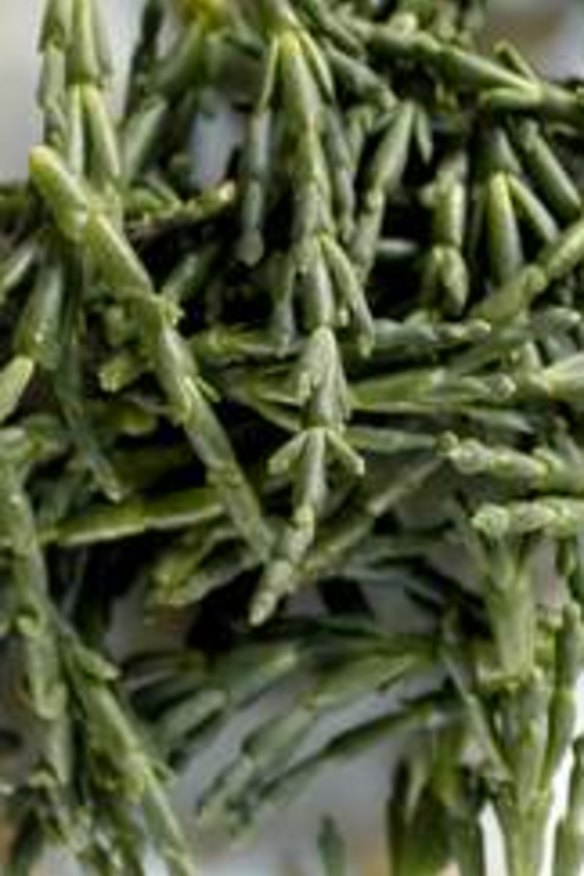
''Several years ago I was fortunate enough to do some guided 'edible' tours at Brambuk in the Grampians and at Tower Hill near Warrnambool, both indigenous cultural centres. These experiences introduced me to quite a few native foods that have featured on my menus since - bower spinach, warrigal greens, river mint, coastal bone fruit, chocolate lily, wattle seed, and quandongs. Spending time in western Victoria, it's inevitable that you are exposed to the lakes and river systems where indigenous groups have farmed eels for 20,000 years - the short-finned eel has been something that has always been an important menu item for me.
I think for years there has been less apprehension about using indigenous ingredients but there has been a misunderstanding of how to incorporate them in contemporary menus - although I can't understand why chefs still use imported salt over our own - and maybe with a slight move away from traditional menus relying on a big piece of beef or lamb, protein and more plant-based menus and grazing or tasting-style menus, there's more opportunity to expose diners to these indigenous ingredients and to develop cuisine that has a uniquely Australian identity.''
Neil Perry
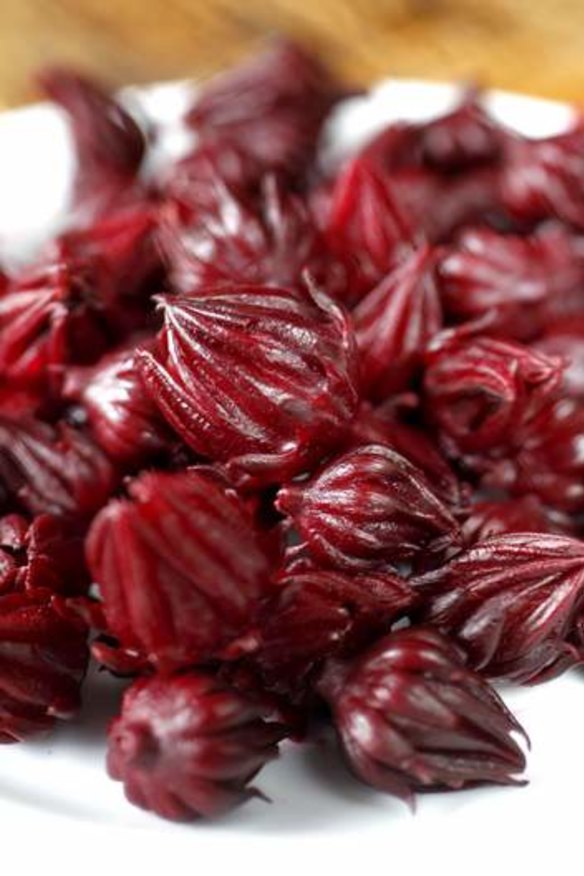
ROCKPOOL
Warrigal greens (a native spinach) keep popping up on the menus at Neil Perry's restaurants. ''I really like that dark bitterness,'' he says. ''We use them in a stir-fry at Spice Temple; they've been on the menu at Rockpool Bar & Grill, and with chicken at Rockpool on George.'' Perry uses a number of native ingredients, such as lemon myrtle and Davidson plum, but has struggled to widen the portfolio. ''I think wallaby is really nice, but we find it so difficult to sell,'' he says. ''There's this perception with a lot of people that it's what they used to feed their cats and dogs.'' The chef is toying with serving bar cod with warrigal greens and saltbush or a custard with Sichuan flavours for the dinner. ''People were dabbling with our native ingredients; what Rene's talk did was spark the debate to go wider.''
Peter Gilmore
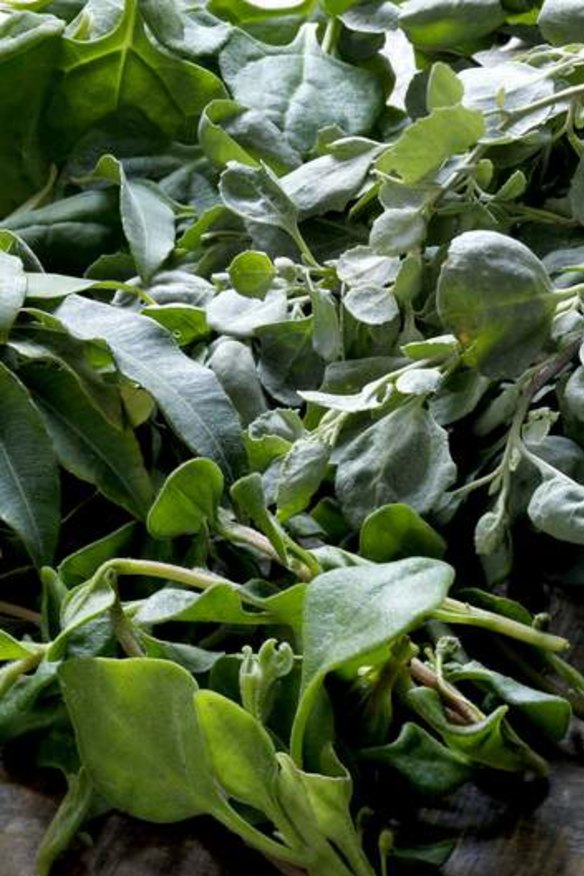
QUAY
Peter Gilmore collects exotic produce as a philatelist hoards old stamps. Lined up in his kitchen are some of his current favourites. Tasmanian snowberries, native apples, warrigal greens and native (or sea) parsley. A confessed produce junkie who contracts farms to grow little-known imported vegetables, Gilmore is just as passionate about protecting native produce. ''My generation grew up in a multicultural environment,'' he says. ''We aren't burdened or confined by the boundaries of an existing cuisine, so there's this sense of freedom, more individuality in our food. An example is a dish we're doing where we turn water chestnuts into a floss. The inspiration is the outside of a Chinese yum cha dumpling.''
Mark Best
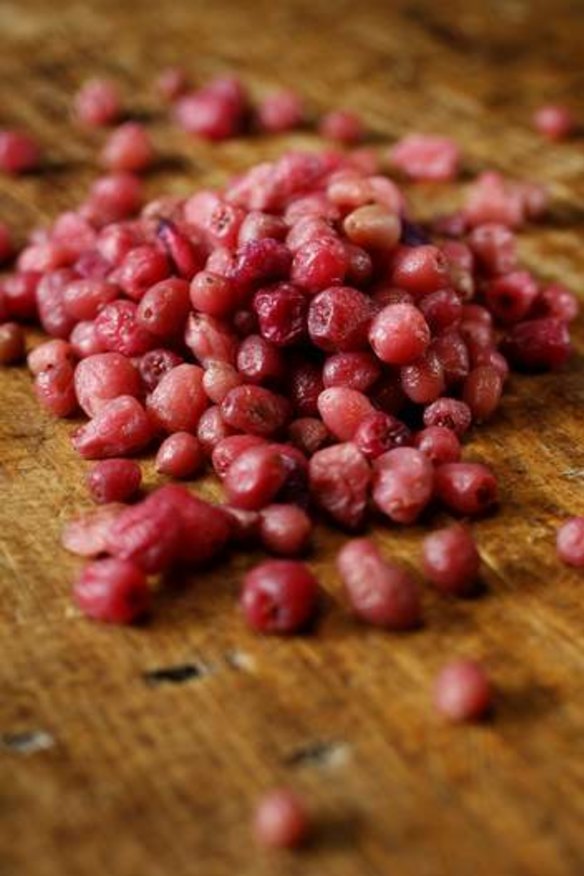
PEI MODERN, MELBOURNE, AND MARQUE, SYDNEY
At Pei Modern in Melbourne and Marque restaurant in Sydney's Surry Hills, native hibiscus or rosella flower is used with malted chocolate mousse, saltbush is fried and served with poached oysters and bower spinach garnishes fish dishes. They are combinations you're unlikely to find in the kitchen of legendary French restaurant L'Arpege, where Marque's owner-chef Mark Best worked. ''Rene's talk was highly influential,'' Best says. ''I think it served to make us look inward at what we had.'' And Best believes the ingredients are about to make the leap from niche restaurant ingredient to retail. ''It would be nice to see roo meat being processed with the same degree of care that we are used to with our common domestic animals,'' he says. For his contribution to the dinner, Best is leaning towards basing his dish on a grain. ''The Aborigines have been collecting and milling grain for thousands of years. Basic breads were produced. We have found a red grain in the Mary River [region] that indigenous people have used for 2000 years.''
The Great Australian Dinner
WITH RENE REDZEPI
Rene Redzepi is no ordinary chef. Which is no doubt why Noma in Copenhagen was ranked best in the world for three consecutive years and still remains at No.2 on The World's 50 Best Restaurants list, sponsored by S.Pellegrino and Acqua Panna. Although he is uncomfortable with the notion that he has inspired Australian chefs - ''especially considering that there are so many chefs there, Down Under, who I look up to,'' he says - his influence has been strong.
His return to Australia in October for Sydney's Good Food Month will include the Great Australian Dinner with Neil Perry, Mark Best, Kylie Kwong, Martin Benn and David Chang, among others (October 27; tickets still available from $295) and a talk at Sydney Opera House (October 28; tickets available from $45). Redzepi then heads south to Melbourneto speak at the Wheeler Centre on October 30 - this free pre-launch event for Melbourne's Good Food Month (in November) booked out in seven hours. But Redzepi fans: don't panic - details of a second session will be announced soon on goodfoodmonth.com.
Redzepi's visit is part of a pre-launch tour for a new book. Or rather, a trilogy of books, packaged as A Work in Progress: Journal, Recipes and Snapshots, published by Phaidon Press. In the journal, Redzepi describes the intimate details of being at the top of the tree - the pressures, the pain, the challenges not only to his creativity and the sense of collaboration that is so much a part of the Noma ethos, but to him physically, also - constant travel, and leaving his young family.
He remains buoyant, however, about ''the world of cooking''. ''It has become so much richer and more diverse. Today, it's not at all impossible to consider the next source of influence in cooking to come from Mexico or Peru or even as far off as Australia.''
And yes, he does love Australia. He admires and is friends with chefs such as Ben Shewry, Gilmore, Perry and Best.
He says he has often thought, ''Wow, I could really live here.'' Redzepi is fascinated by Australian native produce. And thanks to a trip to Western Australia last year, he flew in Josh Whiteland, an indigenous Australian, to speak at the third annual MAD symposium - a gloriously madcap meeting of food thinkers from around the world - held recently in Copenhagen.
Redzepi and Chang, another ''Australian'' friend, were co-curators of the event.
For more details about Redzepi events go to goodfoodmonth.com.
- More:
- Restaurant news
From our partners
Original URL: https://www.watoday.com.au/goodfood/eating-out/anyone-for-crickets-20130909-2tfbr.html
